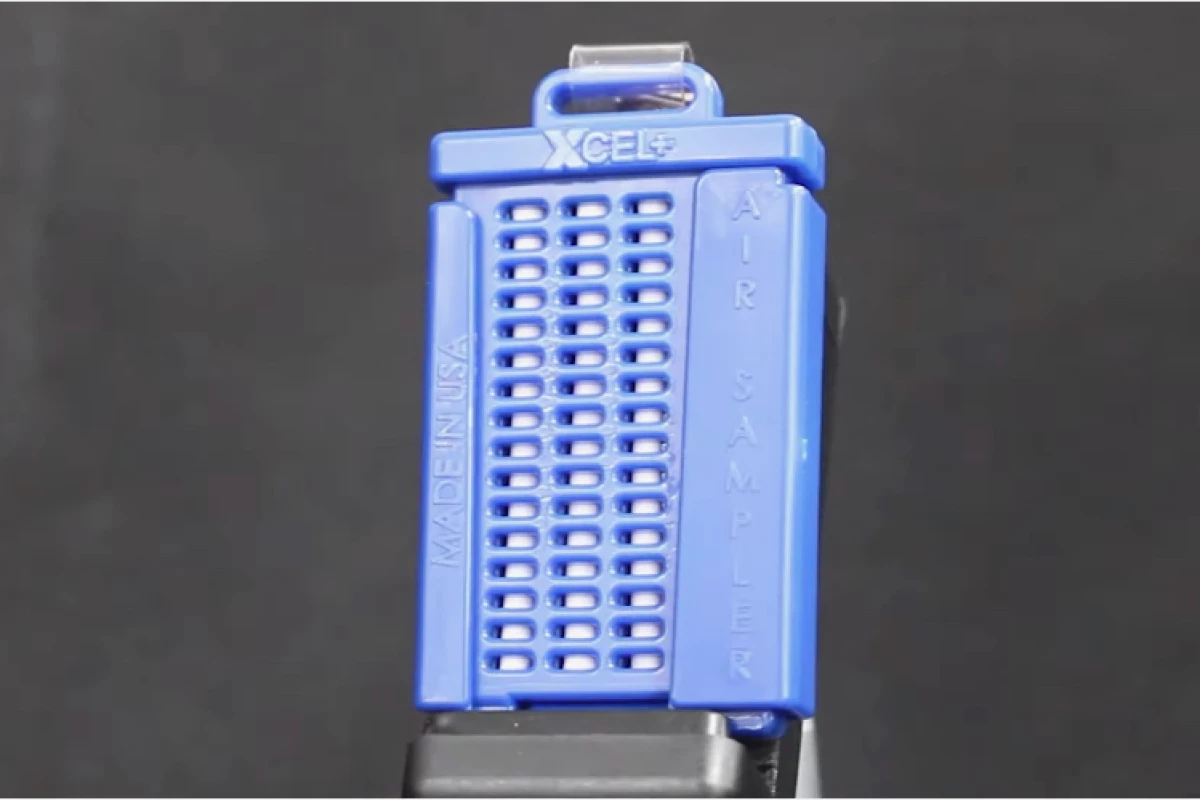While wearable sensors can detect airborne toxins in the user's environment, any one device can usually only identify a few such substances. A potentially much more useful new sensor, however, can reportedly detect over 100 at once.
Developed by Oklahoma State University-affiliated startup Airotect, the XCel+ Dosimeter Badge is roughly the size and shape of a credit card, and is clipped to the wearer's shirt or jacket not unlike a security pass. Plans call for future versions to take the form of a pen-like device that's placed in a shirt pocket, or a fabric patch that's stitched onto clothing.
In its current form, the XCel+ contains three air-exposed tubes that are filled with a porous type of silica called OSU-6. Utilizing a type of electric attraction known as the van der Waals force, this material binds airborne VOC (volatile organic compound) molecules within its pores.
Because the bonds are physical as opposed to chemical, OSU-6 is claimed to "latch onto" a much wider range of VOCs than traditional wearable sensing technologies. Additionally, the tight curvature of its pores reportedly enhances the van der Waals force, allowing the material to form significantly tighter bonds than other materials.

In order to see what sort of VOC molecules the XCel+ has captured – and in what concentrations – the device is taken to a lab, where it's warmed to release the molecules for analysis. So far in laboratory-based tests, it has been able to detect "well over 100 compounds."
The technology is currently being field-tested in settings such as agricultural facilities, manufacturing plants and military operations. It should soon be available for both industrial and public use, priced at US$75 for one device and lab analysis.
"In every situation there’s a unique set of compounds that could be present in the air, including potential hazards that we do not know about," says Oklahoma State University's Dr. Allen Apblett, the project’s senior researcher. "Using a single material, we can capture many classes of these compounds […] and potentially offer a much more comprehensive picture of exposures."
The research is being presented this week, via the fall meeting of the American Chemical Society.
Sources: American Chemical Society via EurekAlert, Airotect




